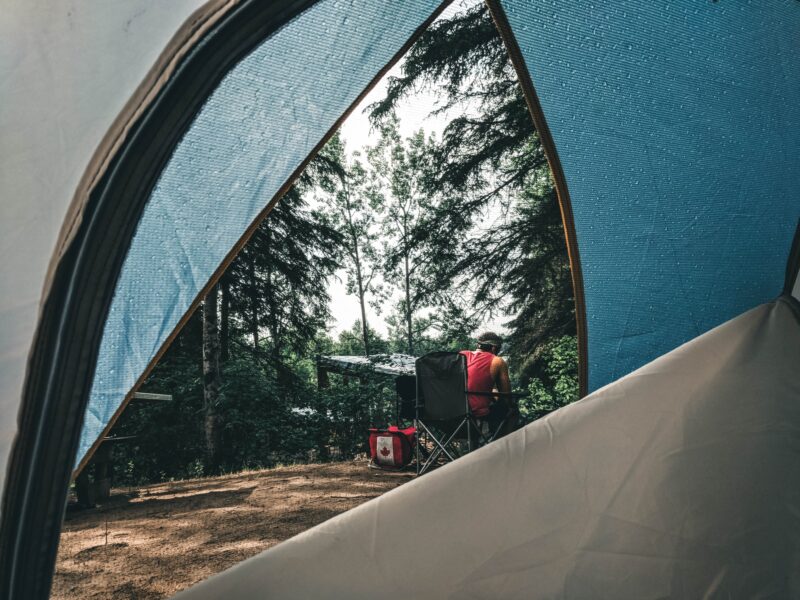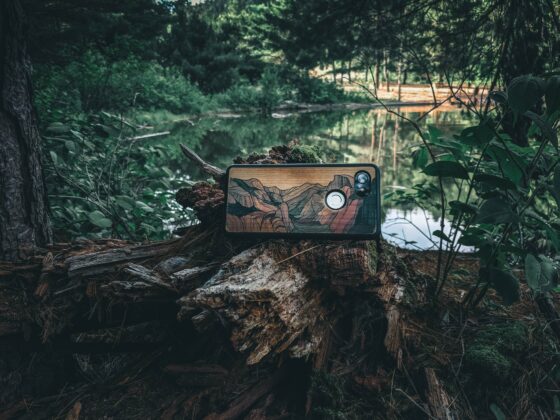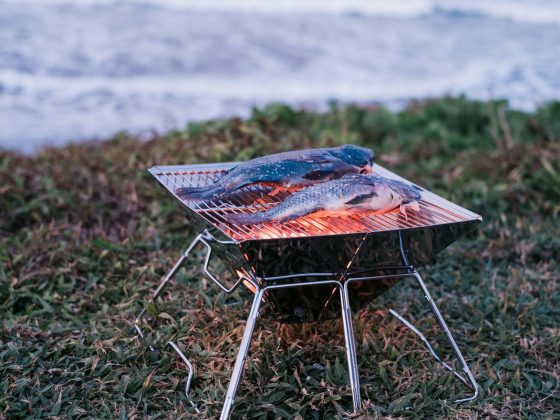Are you planning an upcoming camping trip? Don’t forget to give some love and attention to your trusty camping tent. Proper maintenance is key to keeping your shelter in top shape and providing a comfortable and protective camping experience.
In this article, we will guide you through the essential steps of camping tent maintenance. From cleaning and drying to inspecting for damages and storing correctly, we will cover all the necessary tips and tricks to extend the lifespan of your tent.
Importance of tent maintenance
Camping tent maintenance is often overlooked but is crucial for a successful camping trip. Neglecting proper care can lead to various issues, such as mold, mildew, leaks, and tears. By investing a little time and effort into maintaining your tent, you can ensure it remains in good condition and ready for your next adventure.
Preparing your tent for use
Before setting up your tent, preparing it for use is essential. Start by inspecting all the components, such as the poles, stakes, and rainfly, to ensure they are in good condition. Check for any signs of wear and tear, loose stitching, or broken parts. If any issues are found, address them before your camping trip.
Next, choose a suitable campsite free from rocks, sharp objects, or potential hazards that could damage your tent. Clear the area of debris and ensure the ground is level. This will provide a stable and comfortable foundation for your tent.
Once you have selected your campsite, lay a groundsheet or tarp underneath your tent to protect the floor from moisture, sharp objects, and excessive wear. This additional layer will help increase the lifespan of your tent and keep it clean.
Cleaning your tent
Regular cleaning is essential to maintain the integrity and longevity of your tent. Start by removing any loose dirt or debris from the tent’s interior and exterior. Use a soft brush or a cloth to gently sweep away the dirt, being careful not to scrub too hard and damage the fabric.
Next, fill a basin or large container with warm water and mild soap. Dip a sponge or cloth into the soapy water and gently wipe down the tent, paying attention to any areas with stains or spots. Rinse the cloth or sponge frequently to avoid spreading dirt.
You can use a specialized tent cleaner or spot treatment for stubborn stains. Follow the manufacturer’s instructions and test the product on a small, inconspicuous area of the tent first to ensure it doesn’t cause any discoloration or damage.
After cleaning, rinse off any soap residue by wiping the tent with clean water. Make sure to remove all traces of soap, as it can attract dirt and cause the tent to become sticky.
Once the tent is clean, allow it to air dry completely before packing it away. Hang it up or spread it out in a well-ventilated area, away from direct sunlight. This will prevent the growth of mold and mildew and ensure that the tent is completely dry before storage.
Repairing tent tears and leaks
Even with the utmost care, tents can develop tears or leaks over time. It’s essential to address these issues as soon as possible to prevent them from worsening and compromising the integrity of your tent.
Use a specialized tent repair tape or adhesive to repair small tears or holes in your tent. Clean the damaged area and apply the tape or adhesive according to the manufacturer’s instructions. Ensure that the adhesive is fully cured before using the tent again.
For larger tears or repairs that require sewing, use a needle and thread specifically designed for outdoor gear repair. Reinforce the damaged area with multiple stitches to create a strong and durable repair. It’s a good idea to practice your sewing skills on a scrap piece of fabric before attempting any repairs on your tent.
In addition to tears, leaks can also be a common issue. To locate the source of a leak, set up your tent and spray it with water from a hose or spray bottle. Pay close attention to the seams, zippers, and areas where the rainfly attaches. Once you have identified the source of the leak, apply a waterproof sealant or seam sealer to the affected area. Allow it to dry completely before testing the tent again.
Maintaining tent poles and stakes
Tent poles and stakes are essential components of your tent. They should be maintained appropriately to ensure their functionality and longevity. After each camping trip, inspect the poles and stakes for any signs of damage or wear.
If your tent poles are fiberglass, be cautious of splintering or cracking. Small splinters can be sanded down, while larger cracks may require replacement poles. Aluminum poles should be checked for any bending or denting, as this can affect their structural integrity. Replace any damaged poles to prevent further issues.
Stakes should also be inspected for any bends, breaks, or rust. Straighten any bent stakes and replace any that are broken. Clean the tent pegs thoroughly after each use and store them in a dry place to prevent rust.
Storing your tent properly
Proper storage is key to maintaining the condition of your tent during the off-season. Before packing your tent away, ensure that it is completely dry. Any moisture left in the fabric can lead to mold and mildew growth, which can cause irreparable damage.
Remove any loose dirt or debris from the tent, and fold it neatly to prevent creases and wrinkles. Avoid rolling or stuffing the tent into its storage bag, as this can damage the fabric and seams. Instead, fold it loosely to allow airflow and prevent unnecessary stress on the material.
Store your tent in a cool, dry, and well-ventilated area. Avoid areas with extreme temperatures or high humidity, as these conditions can accelerate the breakdown of the fabric and coatings. Use a breathable storage bag or a cotton pillowcase to allow the tent to breathe and prevent moisture buildup.
Tips for preventing tent damage
Prevention is always better than cure when it comes to tent maintenance. Here are some tips to help prevent damage to your tent:
- Choose a suitable campsite with soft ground and minimal hazards.
- Use a footprint or groundsheet to protect the bottom of your tent.
- Avoid pitching your tent near trees or branches that could potentially fall and damage it.
- Keep food and drinks away from the tent to prevent attracting animals and insects.
- Be cautious when using camping stoves or open flames near the tent to avoid accidental fires.
- Store your tent away from direct sunlight to prevent UV damage.
Common tent maintenance mistakes to avoid
While proper maintenance is crucial, it’s also essential to avoid common mistakes that can potentially damage your tent. Here are some mistakes to avoid:
- Using harsh chemicals or detergents that can degrade the fabric or coatings.
- Machine washing or drying your tent, as this can cause damage to the fabric and seams.
- Storing a wet or damp tent can lead to mold and mildew growth.
- Folding or rolling the tent too tightly can stress the fabric and seams.
- Ignoring small tears or leaks, as they can worsen over time and compromise the integrity of the tent.
Recommended products for tent maintenance
To make your tent maintenance routine easier, here are some recommended products:
- Mild soap or specialized tent cleaner for gentle cleaning.
- Tent repair tape or adhesive for quick and easy repairs.
- Waterproof sealant or seam sealer to fix leaks.
- Needle and thread specifically designed for outdoor gear repair.
- Groundsheet or tarp to protect the tent floor.
- Breathable storage bag or cotton pillowcase for proper tent storage.
Enjoying your tent for years to come
Following these essential tips and tricks for heavy-duty tent maintenance, you can ensure that your shelter remains in top shape and provides you with many comfortable and enjoyable camping trips. Remember to clean your tent regularly, inspect it for damages, and store it properly during the off-season. Proper care and maintenance will make your tent your reliable outdoor home for years.



